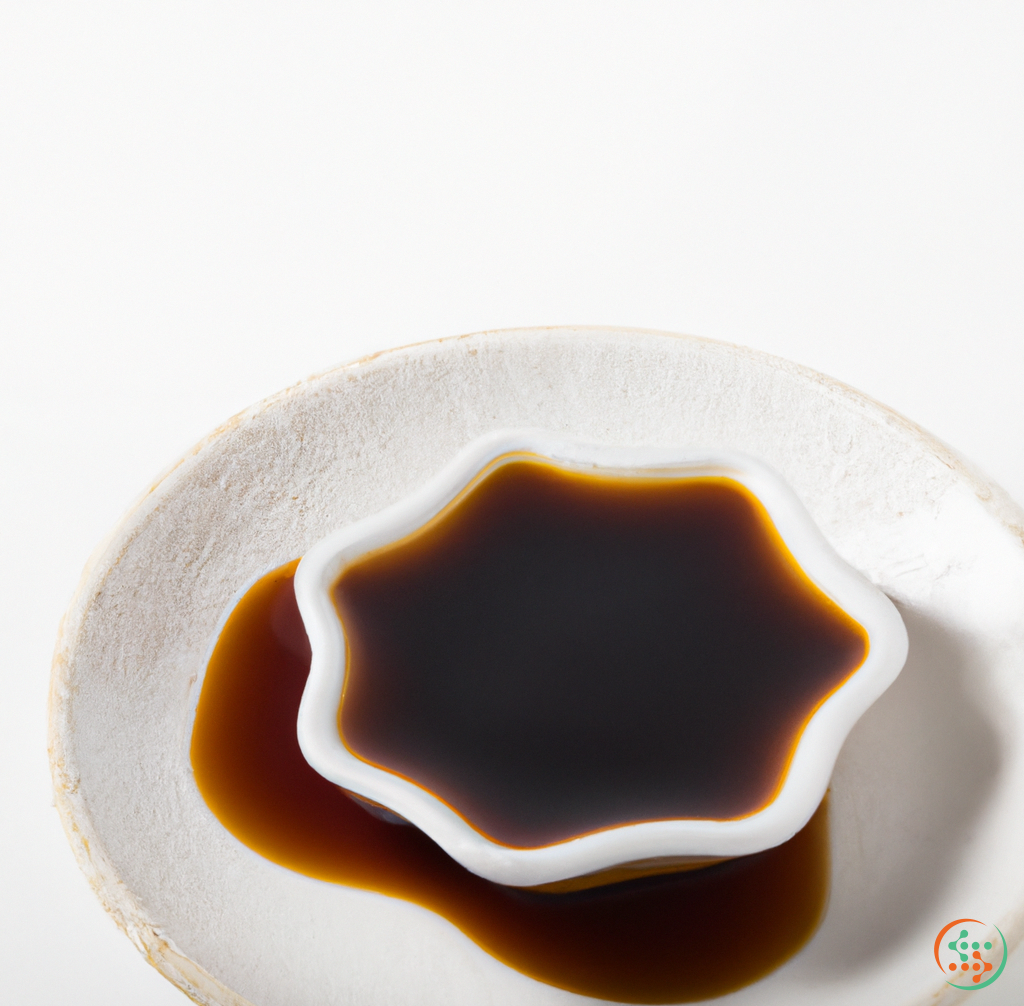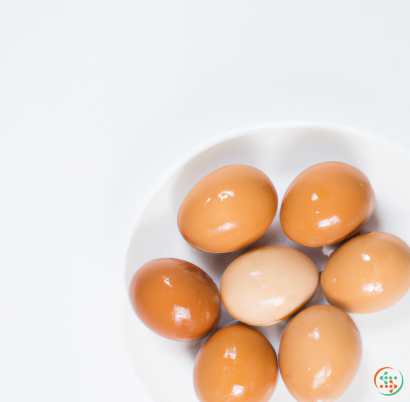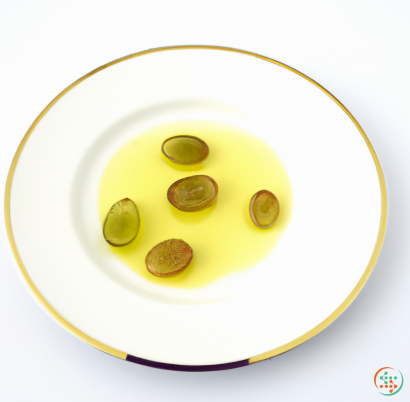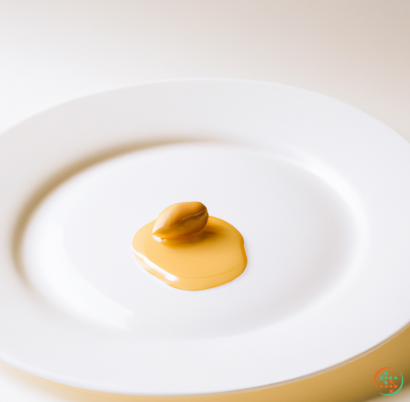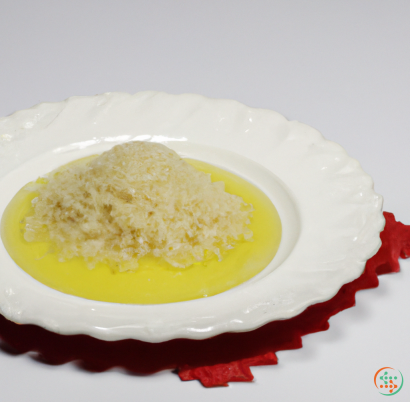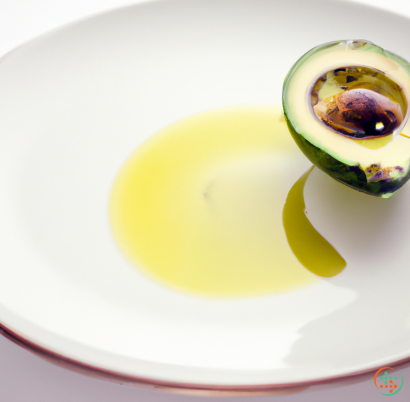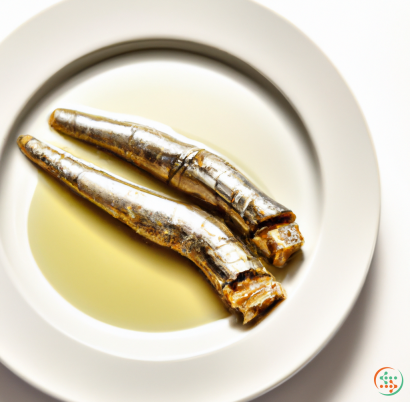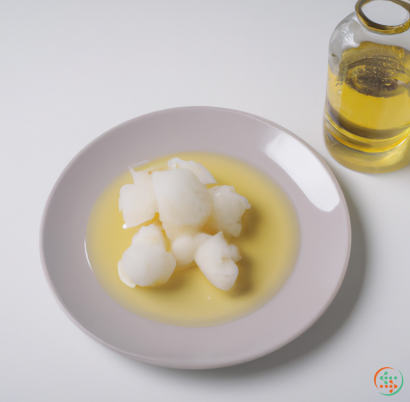Hydrolyzed Soy Sauce
Hydrolyzed soy sauce, sometimes referred to as hydrolyzed vegetable protein or HVP, is a modern culinary product made from soybeans that has recently become quite popular in many cuisines. As its name suggests, hydrolyzed soy sauce is made through a process of hydrolysis, which involves the breaking down of large molecules into smaller ones. This process is used to extract flavor and nutritional benefits from various vegetables, including soybeans, which are then combined with various types of salts to create a savory condiment. Let’s take a closer look at what hydrolyzed soy sauce is, the different types of hydrolyzed soy sauce available, how hydrolyzed soy sauce is made, and how you can use it in your cooking.
What is Hydrolyzed Soy Sauce?
Hydrolyzed soy sauce (HVP) is a modern condiment made from soybeans and other plant proteins that are broken down by hydrolysis to form small molecules. Generally speaking, hydrolyzed soy sauce is a salty flavor enhancer similar to other condiments – such as soy sauce, Worcestershire sauce, and teriyaki sauce –but with a more complex flavor profile. Typically, hydrolyzed soy sauce has a subtle umami (or savory) flavor when it is used as an ingredient in dishes.
What Types of Hydrolyzed Soy Sauce are Available?
There are several different types of hydrolyzed soy sauce available, depending on what type of protein source is used in the hydrolysis process. Some of the most common types of hydrolyzed soy sauce include:
• Soy-Based Hydrolyzed Soy Sauce: This type of hydrolyzed soy sauce is made from fermented and hydrolyzed soybeans. It is usually very salty and strong in flavor and is often used as a condiment or marinade for meats, tofu, or other dishes.
• Wheat-Based Hydrolyzed Soy Sauce: This version of hydrolyzed soy sauce is made from wheat gluten that has been hydrolyzed. It has a mellower flavor and is often used in combination with other condiments to enhance flavor or for a variety of dishes, like veggie burgers and noodle dishes.
• Nondairy Hydrolyzed Soy Sauce: This type of hydrolyzed soy sauce is made from a combination of plant proteins and is considered a vegan-friendly option. It is usually milder in flavor and goes well with vegetable, bean, or rice-based dishes.
• Liquid Hydrolyzed Soy Sauce: This type of hydrolyzed soy sauce is made with a broth-like base and is typically low in sodium. It is often used as a substitute for soy sauce to reduce sodium intake.
How is Hydrolyzed Soy Sauce Made?
The process of making hydrolyzed soy sauce involves breaking down large molecules of proteins into smaller ones through a process of hydrolysis, using enzymes or acids. The main ingredient for this condiment is typically soybeans, which are first soaked in water and allowed to soak overnight. Once the beans have been soaked, they are ground into a paste and then heated until the proteins are broken down into simpler molecules. The resulting hydrolysate of proteins is then combined with various types of salts, seasonings, and flavorings to create the desired flavor profile.
Hydrolyzed soy sauce is usually bottled or canned with preservatives to extend its shelf life. Additionally, the condiment may be pasteurized to ensure that it is free of contaminants or spoilage organisms.
How Can I Use Hydrolyzed Soy Sauce in Cooking?
Hydrolyzed soy sauce can be used in a variety of dishes, from Asian-style recipes to salads and even breakfast items. Its subtle umami flavor can be used to enhance the flavor of many vegetarian and vegan dishes, as well as stir-fries, marinades, sauces, soups, and other dishes. Additionally, hydrolyzed soy sauce can be used as a salt-replacement for dishes that need less salt or for those looking for a lower-sodium soy sauce.
No matter how you choose to use hydrolyzed soy sauce, it is a versatile condiment that can add a unique umami flavor to many dishes. Plus, with its more complex flavor profile, you’ll be able to add just the right amount of flavor to whatever dish you’re making!
Introduction
Hydrolyzed soy sauce is a type of condiment that is made from soybeans and carries a flavor profile that is salty and savory. It is a condiment that has been used in Asian cuisines since ancient times and has been described as a flavor enhancer that adds a deep and nuanced flavor to dishes. Originating in China, this condiment has spread around the world and is used in a variety of dishes. This article will discuss the entire process of how hydrolyzed soy sauce is created and travels to a dinner plate, including the steps of production, its chemical make-up, and its health benefits.
The manufacturing of Hydrolyzed soy sauce
The process of making hydrolyzed soy sauce begins with the purchase of soy beans from farmers and the preparation of this raw material at the factory. The soybean is first subjected to a pressure-cooking process that removes the moisture and breaks down the proteins into smaller peptides. This process removes slightly acidic or basic compounds and leaves the product with a neutral pH level. Once the cooked soybeans have cooled, they are sent to the steaming station where they are steamed in an emulsion to add further moisture.
Next, the cooked beans are mixed with Koji, a type of Aspergillus oryzae fungus, to form a mash which is known as Katsuobushi. This mash is left to sit for two days until it ferments and forms lactic acid. Finally, the mash is sent to the fermentation tanks where it is inoculated with another type of Aspergillus oryzae and continues to ferment for about a month, over which time its color changes from yellow to dark brown and its taste becomes more complex.
The hydrolyzation process
Once the fermentation process is complete, the mash undergoes the hydrolyzation process which uses enzymes, such as proteases and peptidases, to further break down the proteins into smaller peptides. This releases free amino acids and has the effect of increasing the distinct and savory flavors of the soy sauce.
The hydrolyzed soy sauce is then filtered, aged, and pasteurized before being bottled and shipped to retailers. The aging process is important as it allows the flavor to develop further, while the pasteurization eliminates any possible unwanted microorganisms.
Chemical Makeup
Hydrolyzed soy sauce is a complex mixture of proteins, carbohydrates, salt, and flavor compounds. It is composed of proteins that range in size from 0.25 to 5 nanometers, and these proteins are made up of essential amino acids such as glutamic acid, aspartate, alanine, and leucine.
Hydrolyzed soy sauce also contains carbohydrates, usually in the forms of complex sugars found in the soybeans such as maltose, maltotriose, isomaltotrioses, and cellobiose. These carbohydrates are responsible for the sweetness of the product and have various health benefits.
Salt is another major component of hydrolyzed soy sauce; typically being made up of 50-60% sodium chloride. Generally, the salt content is reduced in the production process to make the end product more appealing to health conscious consumers.
Finally, hydrolyzed soy sauce contains flavor compounds such as free glutamate, 5’–nucleotides, and alcohols. The free glutamate is responsible for its distinct umami, or savory taste and is the compound that is highest in concentration. The 5’–nucleotides are responsible for its enhanced flavor and the alcohols create a fuller flavor and depth.
Health Benefits
Consuming moderate amounts of hydrolyzed soy sauce has several health benefits due to its high levels of protein, vitamins and minerals, and flavonoids.
Proteins are essential for the growth and repair of our bodies, and by consuming hydrolyzed soy sauce, you are providing your body with essential and nonessential amino acids which help to build, strengthen and maintain our muscles. Consuming hydrolyzed soy sauce will also help to keep your appetite and cravings in check, as soy proteins have been shown to reduce hunger and increase satiety.
Hydrolyzed soy sauce is also a good source of vitamins such as vitamin E, riboflavin, niacin, and thiamin. These vitamins help to protect the body from illness, while also playing an important role in energy production, hormone regulation, and neurological function. Additionally, hydrolyzed soy sauce contains minerals such as zinc, magnesium, and iron which are important for healthy growth and development.
Lastly, flavonoids are responsible for giving hydrolyzed soy sauce its distinct color and taste, however, they also have antioxidant properties and can help to protect our cells from damage caused by free radicals.
Conclusion
In conclusion, hydrolyzed soy sauce is a complex and flavorful condiment that is created from a combination of soybeans, Koji, enzymes, and flavor compounds. It is a nutritious condiment full of protein, vitamins and minerals, and antioxidants that have various health benefits. From farmers collecting the raw materials, to the production of the product, to its delivery to the dinner plate, the process of hydrolyzed soy sauce is an interesting one that happens in small batches or large-scale manufacturing. Thus, the next time you’re enjoying your favorite dish, keep in mind the many steps and processes it takes to get hydrolyzed soy sauce onto your plate.
| Vitamin B1 | 0.04 mg | |
| Vitamin B2 | 0.11 mg | |
| Vitamin B3 | 0.00283 grams | |
| Vitamin B4 | 0.0275 grams | |
| Vitamin B5 | 0.27 mg | |
| Vitamin B6 | 0.14 mg | |
| Vitamin B9 | 0.013 mg |
| Calcium | 0.017 grams |
Daily Value 1.3 g
|
| Iron | 0.33 mg |
Daily Value 0.018 g
|
| Magnesium | 0.029 grams |
Daily Value 0.4 g
|
| Phosphorus | 0.094 grams |
Daily Value 1.25 g
|
| Potassium | 0.447 grams |
Daily Value 4.7 g
|
| Sodium | 6.82 grams |
Daily Value 2.3 g
|
| Zinc | 0.23 mg |
Daily Value 0.011 g
|
| Copper | 0.04 mg |
Daily Value 0.9 mg
|
| Manganese | 0.1 mg |
Daily Value 0.0023 g
|
| Selenium | 0.8 ug |
Daily Value 0.055 mg
|
| Glucose | 0.7 grams |
|
| Maltose | 0.6 grams |
|
| Total Sugars | 1.3 grams |
per 100g
|
| Palmitic acid (16:0) | 0.03 grams |
|
| Stearic acid (18:0) | 0.01 grams |
|
| Total Saturated fatty acids: | 0.04 g | |
| Oleic acid (18:1) | 0.05 grams |
|
| Total Monounsaturated fatty acids: | 0.05 g | |
| Linolenic acid (18:3) | 0.02 grams |
|
| Linoleic acid (18:2) | 0.13 grams |
|
| Total Polyunsaturated fatty acids: | 0.15 g | |
